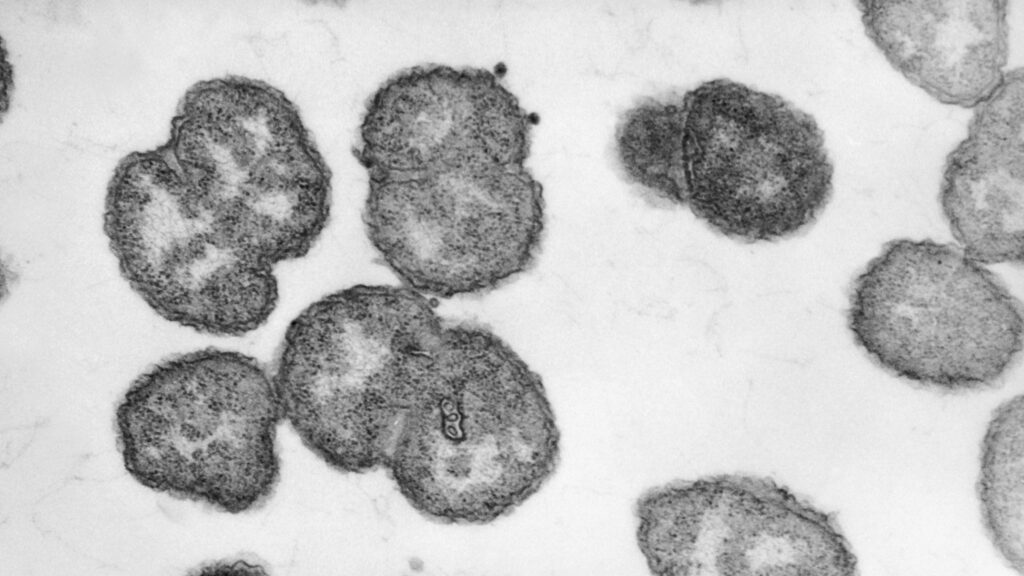Patient: 3-year-old boy from San Antonio, Texas
What happened: The patient’s mother worked as a microbiology laboratory technician, and part of her job included visiting doctors’ offices to collect lab dishes of clinical samples collected from patients. One day, while on patrol, she put her son in her car, according to a report on the incident published in 1984.
On the way, she stopped at a grocery store and drove home to drop off her purchases. When she got home, she left him in the parked car for a while while she carried the groceries inside. When she returned, she discovered that her son had crawled into the back seat where she had placed the clinical cultures and had eaten most of the contents of one laboratory dish.
you may like
The dish contained “chocolate agar,” a brownish medium used to grow bacteria and consisting of red blood cells split open. Named for its color and containing no actual chocolate, it may still have looked appetizing to children, the report notes.
Diagnosis: The mother immediately took the child to her primary care physician. As a result, it was determined that the substance remaining in the petri dish contained gonococcus, the bacterium that causes gonorrhea. Doctors decided to monitor the boy’s throat for signs of a bacterial infection. Up to six days after eating the agar, the boy’s throat swab tested negative for gonorrhea. Although he was unable to take a test on the seventh day, he received a positive result on the eighth day.
(The report does not say whether the boy experienced any symptoms of the infection, and gonorrhea infections of the mouth or throat often do not cause symptoms. Possible symptoms include swollen lymph nodes and redness and pain in the throat. If gonorrhea is not treated, it can lead to dangerous complications such as bloodstream infections and harmful immune system changes.)
Treatment: Doctors treated the infection according to Centers for Disease Control and Prevention (CDC) guidelines at the time. This involved giving patients an intramuscular injection of an antibiotic called procaine penicillin G (penicillin G is currently not recommended as a treatment for gonorrhea, in part because many of the gonorrhea strains circulating in the United States are resistant to the drug’s effects).
The boy was given probenecid mixed with ice cream. Probenecid helps make some antibiotics more effective by slowing the rate at which they are removed from the body. The course of treatment “resulted in a rapid recovery,” and subsequent tests showed the boy tested negative for bacteria, the report said.
The features of this case are: Gonorrhea is most often spread through sexual contact, such as exposure to semen or vaginal fluids that carry the bacteria. Therefore, evidence of infection in children often indicates that sexual abuse is occurring. However, in this case, doctors observed an extremely rare case of non-sexual gonorrhea associated with exposure to a laboratory culture.
Cases of gonorrhea have previously been linked to laboratory exposure. For example, a lab technician contracted an eye infection with gonorrhea while conducting experiments with bacteria. However, in children, this route of infection is unusual because children are usually not in environments where they could be accidentally exposed to gonococcal cultures.
The report’s authors added that this case not only highlights the importance of safety protocols in research, but also “reminds us of the risks associated with leaving children unattended in cars.”
For more interesting medical cases, check out our Diagnostic Dilemma archives.
This article is for informational purposes only and does not provide medical advice.
Source link

